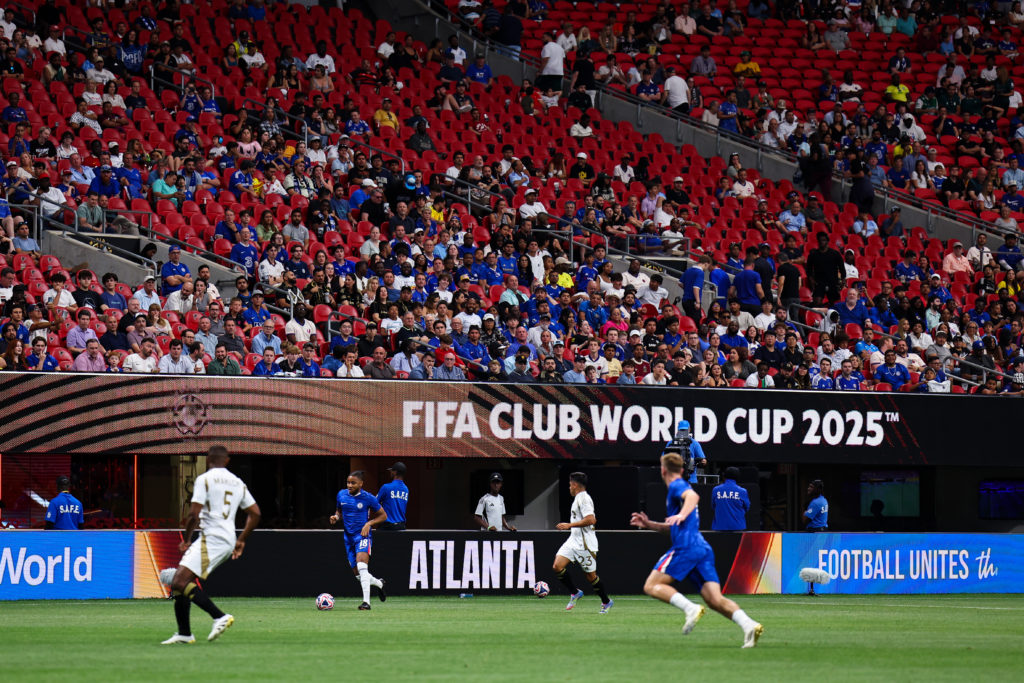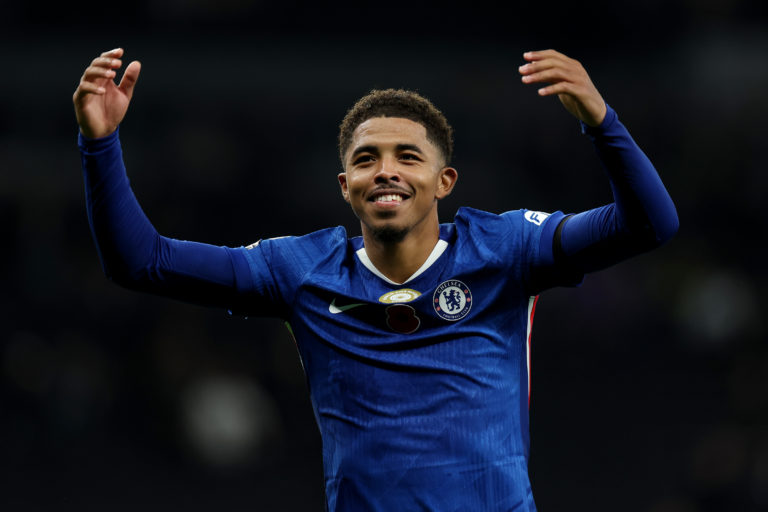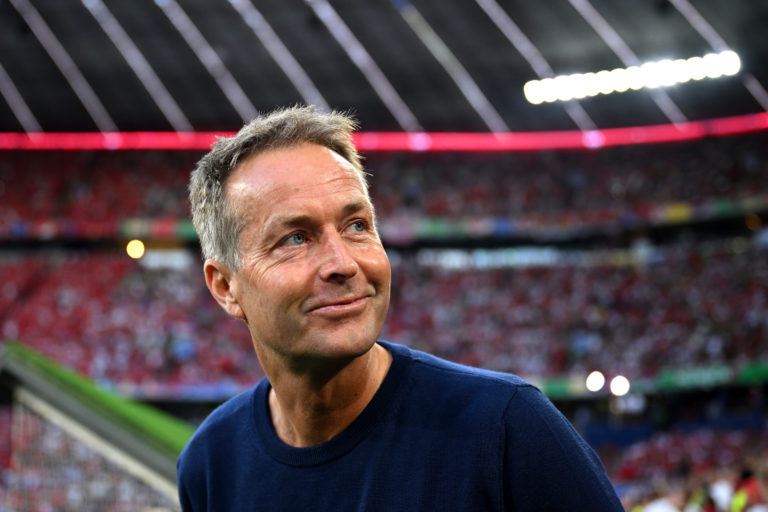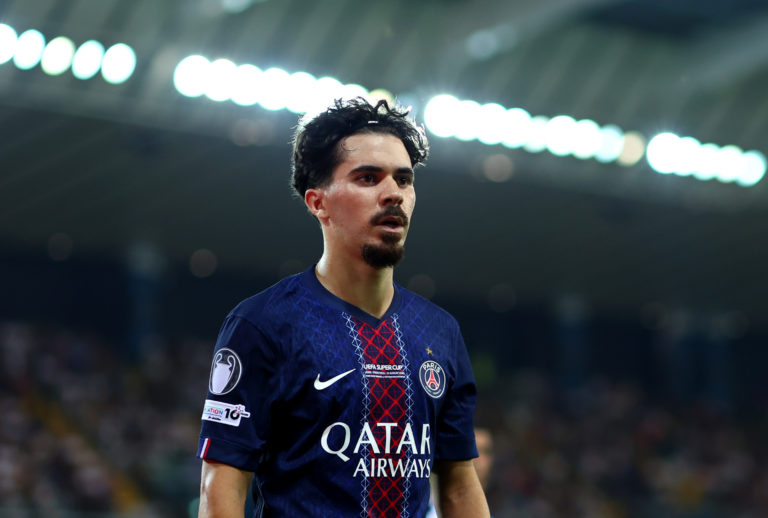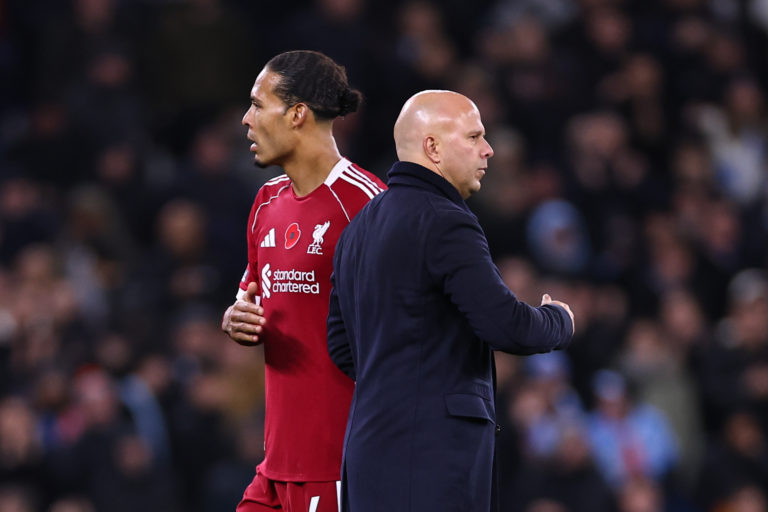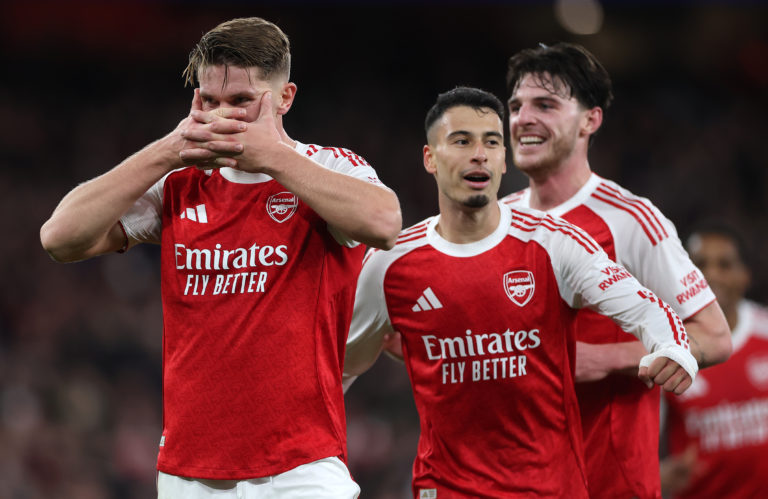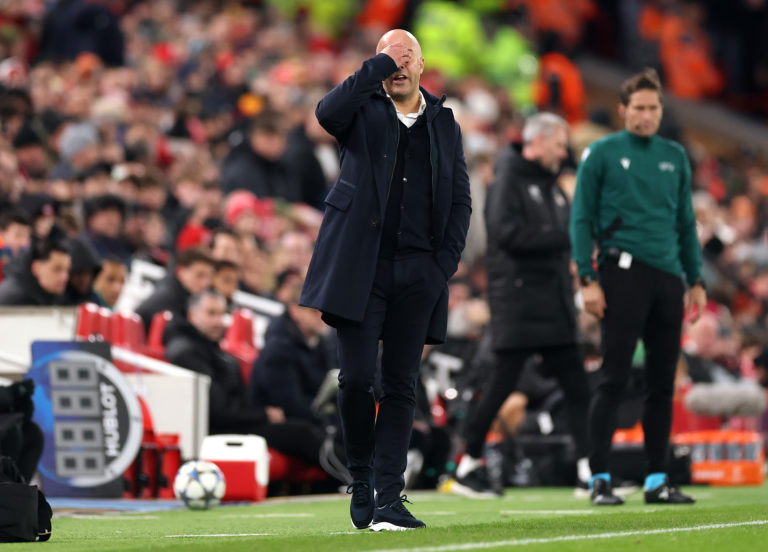The Club World Cup is underway, but empty seats, underwhelmed fans, and exhausted players reveal a tournament that has arrived before it’s ready, writes Dylan Johnson.
Despite record prize money and a 32-team expansion, the tournament has failed to capture attention. FIFA has treated this edition as if the Club World Cup is already a global spectacle, but the tournament is still finding its feet.
Chelsea’s group match against LAFC, featuring two well-supported clubs, was played in front of a sparse crowd in Atlanta. The scheduling didn’t help: a 3pm kick-off is hardly ideal in a country where most supporters are at work and have other events competing for their attention.
ALSO: Cardoso – Club World Cup beautiful opportunity for Sundowns
This is the tournament’s first time in the US, a geographically challenging location for a global event of this scale. FIFA has failed to choose between tailoring matches to suit a local market and planning for a worldwide audience.
Instead, they are doing neither. US fans are being asked to take time off to watch unfamiliar match-ups, while overseas audiences face early-morning or late-night kick-offs.
At the same time, players are again under strain. Since the 2022 World Cup, elite footballers have faced non-stop competition: a winter World Cup, back-to-back domestic seasons, a summer of continental tournaments, the UEFA Nations League, World Cup qualifiers, and now this. The 2023–24 campaign saw a record 4,123 injuries across Europe’s top five leagues. English clubs were hit hardest, accounting for 44% of the total.
Poll: Pick your Club World Cup winner!
Premier League teams averaged nearly 10 injuries per squad before January 2024, while Newcastle lost 16 players in their first 20 matches of the 2023-24 season. Hamstring strains were the most common issue, with 118 reported cases last season. Muscle injuries, groin problems, and knee and ankle issues also surged.
The full injury data for the 2024-25 season isn’t yet available but we have seen some of the world’s biggest clubs play entire stretches of the campaign without their best players on the pitch. Arsenal duo Bukayo Saka and Kai Havterz both had surgery on serious muscle injuries, while Manchester City’s Ballon d’Or-winning midfielder Rodri was sidelined with a season-ending knee injury.
MORE: Nthethe sends Sundowns Club World Cup warning
Medical teams are doing more than ever, but there is a limit. Even with personalised plans and modern technology, players need time off. FIFA’s calendar offers none. The underlying problem remains, there is too much football, and not enough time to recover. The Club World Cup has added three more weeks of high-intensity games to an already congested schedule.
Financial incentives can’t fix that. Despite record-breaking payouts, the Club World Cup is struggling to justify its place. Clubs are being asked to play their stars to generate interest, but fans aren’t turning up. Without a rethink, the tournament risks becoming another costly reminder that the game’s physical limits are being ignored.
Photo: Robbie Jay Barratt – AMA/Getty Images



